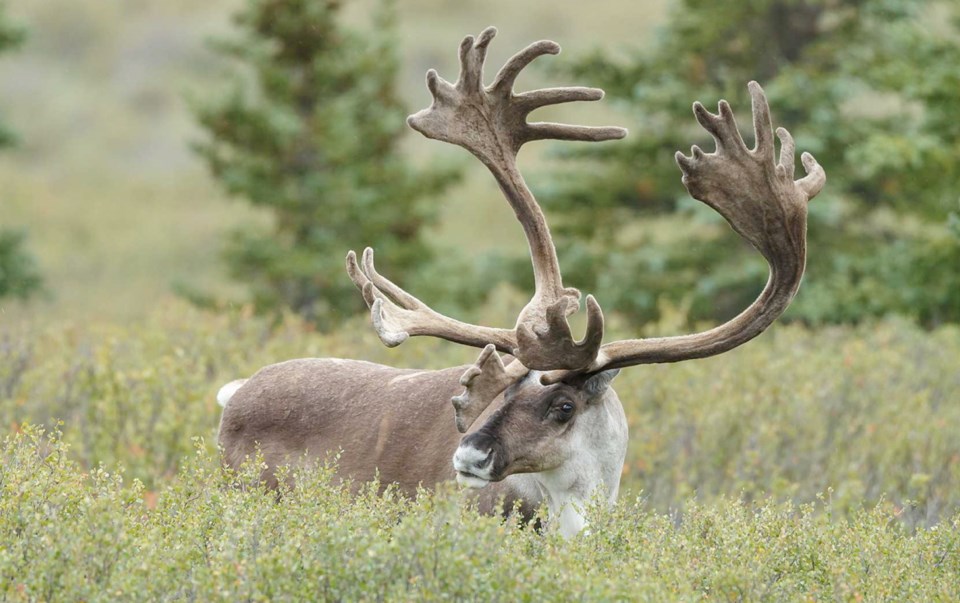April 22 was Earth Day. This year, the 49th since the first Earth Day in 1970, the focus was on species.
British Columbia has a record 1,807 species of animals and plants at risk, more than any other province or territory. And yet, B.C. has no species-at-risk legislation and instead relies on piecemeal, inadequate laws and policies to oversee wildlife protection.
On election, Premier John Horgan’s government made the courageous decision to change this, as reflected in the mandate letter to Minister of Environment and Climate Change Strategy George Heyman. As scientists at the forefront of endangered-species research in the province, we welcomed this announcement and have been working in consultation with the government to help frame this new law.
Last week, Premier Horgan back-tracked on his promise and his ministries’ efforts to build “made in B.C.” legislation, stating: “There’s no significant species-at-risk legislation on the docket for the foreseeable future here in B.C.”
This sudden shift comes as a result of backlash from industry concerned about the implications of habitat protection for southern mountain caribou on its bottom line. Let’s be clear on what’s going on here: Particular industries that are highly invested in the status quo of habitat loss have managed to persuade cabinet that they will make job losses an election issue in retaliation for introducing strong legislation.
But as with all environmental legislation, the evidence is abundant that — contrary to popular myth — environmental legislation doesn’t undermine net job growth. If anything, it boosts it, by redirecting and encouraging economic growth toward less damaging practices and industries.
The bottom line for caribou and many other species in this province is also clear — without timely protection and restoration measures, species will be lost forever. Delayed decision-making leads to extinction. More than half of B.C.’s 52 surviving caribou herds are at risk of local extinction. A dozen of those herds now have fewer than 25 animals, and three herds have no reproducing individuals left.
Southern mountain caribou were listed under the federal Species at Risk Act in 2003. Sixteen years later, we still do not have sufficient habitat protection for caribou recovery in the province. Instead, we have culled wolves and protected mother and baby caribou during calving season. Without habitat protection, these measures are Band-Aid solutions at best.
But it’s not only the fate of caribou that is at stake. Of the 1,807 species in decline in B.C., we are in imminent danger of losing 278, unless urgent protection measures are put in place. This includes plants and animals of southern B.C.’s Garry oak ecosystems, sockeye and chinook salmon, and southern resident killer whales.
B.C.’s economy is changing. We recognize that our future lies in sustainability and the protection and ecologically responsible use of our resources. Protecting nature is also our best strategy for fighting climate change.
Poor resource decisions in the past haunt us to this day. Decades ago in B.C. waters, we slaughtered thousands of giant basking sharks, with the aim of reducing commercial salmon losses resulting from the shark’s entanglement in fishing nets. Fifty years after the end of the eradication program, basking sharks are still absent from our waters.
Elsewhere, revenue from eco-tourism to view the basking shark’s sister species, the whale shark, generates more than $100 million per year. B.C. lost this opportunity. It is our hope that one day, people will come to B.C. to view thriving herds of southern mountain caribou and admire orcas feeding on a bounty of wild salmon.
The social, economic, cultural and environmental return on investment from habitat-protection and species-conservation programs has been shown to be threefold. Few other industries can compete with these types of economic returns.
Premier Horgan, we urge you to continue to show leadership in progressing this essential piece of legislation. A B.C. Species at Risk law would make a commitment that the environment and B.C.’s wildlife matter, and would be a legacy for generations to come.
Tara Martin is a professor in the Department of Forest and Conservation Sciences at the Faculty of Forestry, University of British Columbia. The co-authors are Chris Johnson, professor, Ecosystem Science and Management Program, University of Northern British Columbia; Brian Starzomski, Ian McTaggart Cowan Professor, School of Environmental Studies, University of Victoria; Kai Chan, professor, Institute for Resources, Environment and Sustainability, UBC; Peter Arcese, professor, Department of Forest and Conservation Sciences, Faculty of Forestry, UBC; and Julia Baum, professor, Department of Biology, UVic.



